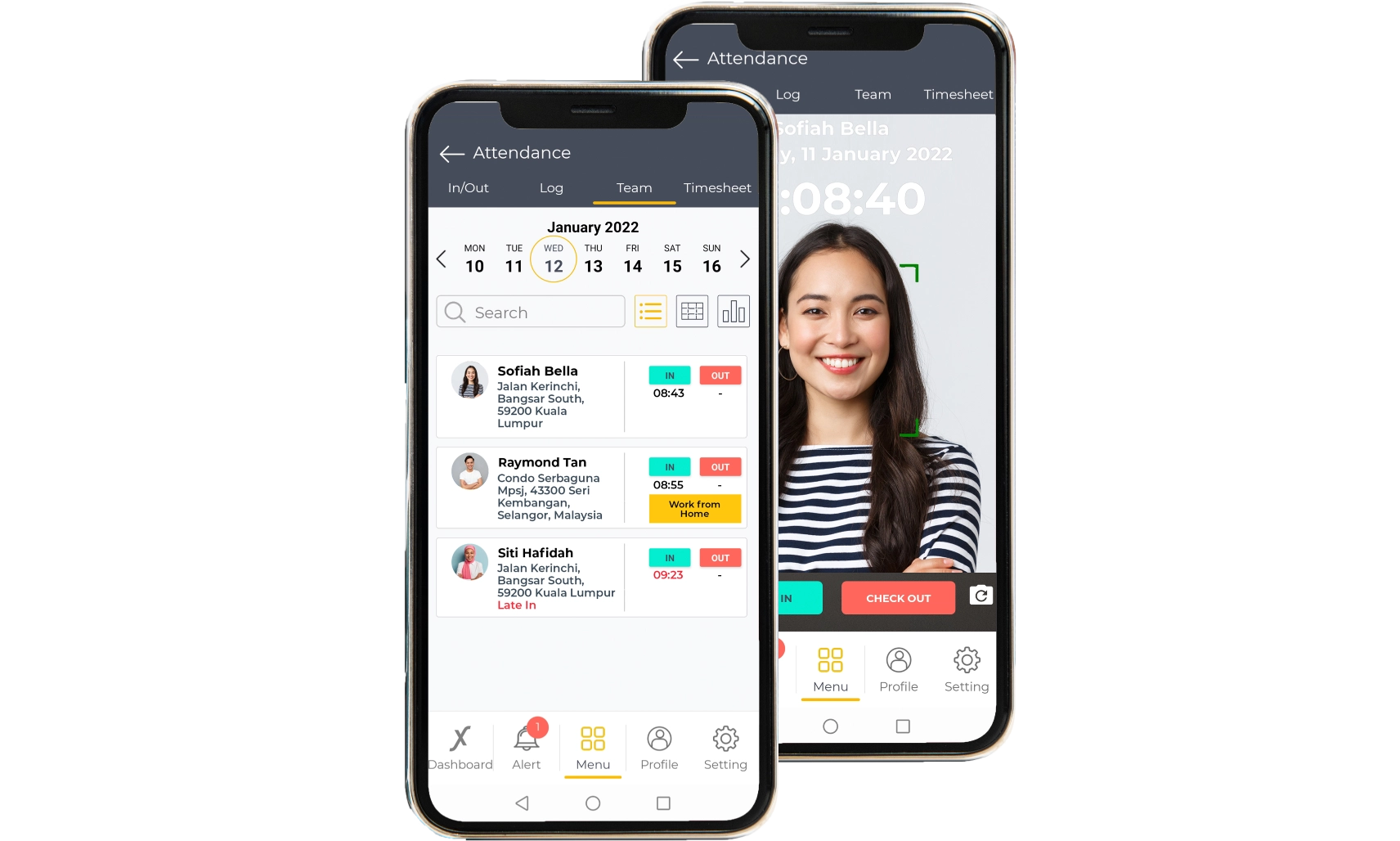Mastering payroll management is essential for the success and growth of any business. From ensuring timely and accurate payments to compliance with tax regulations, effective payroll practices can streamline operations and contribute to overall prosperity. Optimizing your payroll practices can help you budget more efficiently and ensure smoother cash flow management. For instance, dedicating a bank account exclusively to handling your company’s payroll cash flows can provide greater clarity and organization in financial transactions. Additionally, making your payroll processes more transparent for your employees can enhance satisfaction and trust within the workforce. Employees appreciate being able to anticipate their pay and avoid payment issues, contributing to a positive work environment and employee retention.
In this article, we’ll explore nine essential tips to optimize your payroll practices, driving continuous growth and success for your business. From leveraging automated payroll software to staying updated with payroll regulations and considering outsourcing options, we’ll delve into various strategies to streamline your payroll processes and enhance overall efficiency and accuracy. Let’s delve into these pointers to improve your payroll practices and propel your business forward.
Mastering Payroll : 9 Essential Tips To Optimize Your Payroll for Business Prosperity.
- Utilize Automated Payroll System:
Investing in automated payroll system can significantly streamline the payroll process by eliminating manual calculations and reducing the risk of errors. These software solutions can automate various tasks, including calculating wages, deducting taxes, and generating reports, saving time and ensuring accuracy.
- Maintain Accurate Employee Records:
Maintaining accurate employee records is essential for payroll accuracy. Ensure that employee information, such as personal details, tax forms, and salary rates, is up-to-date and stored securely. This helps prevent errors and delays in payroll processing. - Implement Time and Attendance Tracking Systems:
Integrating time and attendance tracking systems can help accurately record employee work hours and streamline the payroll process. These systems automate time tracking, making it easier to calculate wages, overtime, and leave entitlements accurately.
- Stay Updated with Payroll Regulations:
Payroll regulations are subject to change, and it’s essential for businesses to stay updated with the latest tax laws, labor regulations, and compliance requirements. Failure to comply with these regulations can result in penalties and legal issues. Consider partnering with a payroll outsourcing provider like PeopleX, which stays abreast of regulatory changes and ensures compliance. - Outsource Payroll Processing:
Outsourcing payroll processing to a reputable provider can offer several benefits, including cost savings, improved accuracy, and enhanced data security. Companies like PeopleX provide comprehensive payroll outsourcing services, allowing businesses to focus on their core operations while leaving payroll processing to experts.
- Conduct Regular Audits:
Regularly auditing payroll records helps identify discrepancies and errors, ensuring compliance and accuracy. Conducting internal audits can also help identify areas for process improvement and optimization. - Train Payroll Staff:
Invest in training and development programs for payroll staff to enhance their skills and knowledge of payroll processes and software. Well-trained staff can efficiently handle payroll tasks and resolve issues promptly, contributing to overall process optimization.
- Establish Clear Communication Channels:
Establish clear communication channels between payroll staff, HR personnel, and employees to address payroll-related queries and concerns promptly. Effective communication helps prevent misunderstandings and ensures smooth payroll processing. - Monitor Key Performance Indicators (KPIs):
Monitor key performance indicators such as payroll accuracy rate, processing time, and compliance levels to gauge the effectiveness of the payroll process. Tracking KPIs helps identify areas for improvement and ensures continuous optimization of the payroll process.
Optimizing the payroll process is essential for ensuring timely and accurate payments to employees while minimizing errors and compliance risks. By implementing the tips mentioned above, businesses can streamline their payroll operations, enhance efficiency, and focus on driving organizational success.
Which side of the fence do you stand on? Are you inclined to tackle payroll processing solo, or does the idea of outsourcing to a third-party sound like a lifesaver?
Payroll duties are inevitable for any business, but the real question is, how hands-on do you want to be when it comes to paying your employees?
Consider implementing some of these tips into your payroll procedures. By integrating these practices, you can effectively streamline your payroll operations and fuel the growth of your business.
While the tips provided above are universally applicable and beneficial to all organizations, you can also craft your own arsenal of strategies tailored to your specific needs.
For those seeking to optimize and automate their payroll processes, explore PeopleX HR Tech’s payroll system. With features like a mobile app, statutory compliance, attendance and performance-based salary processing, and seamless payslip generation, it offers the tools you need to elevate your payroll operations.





